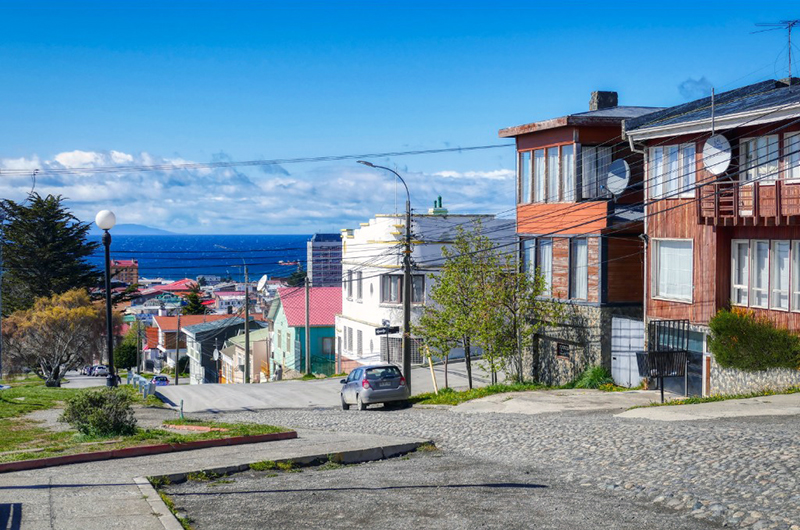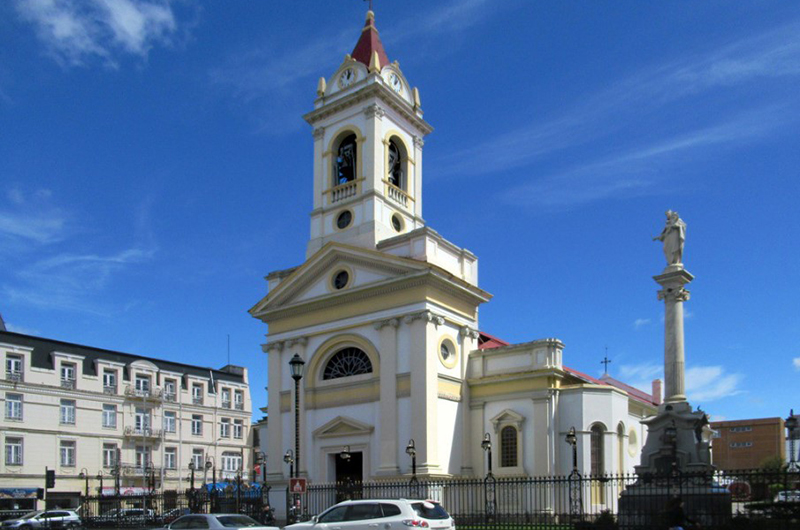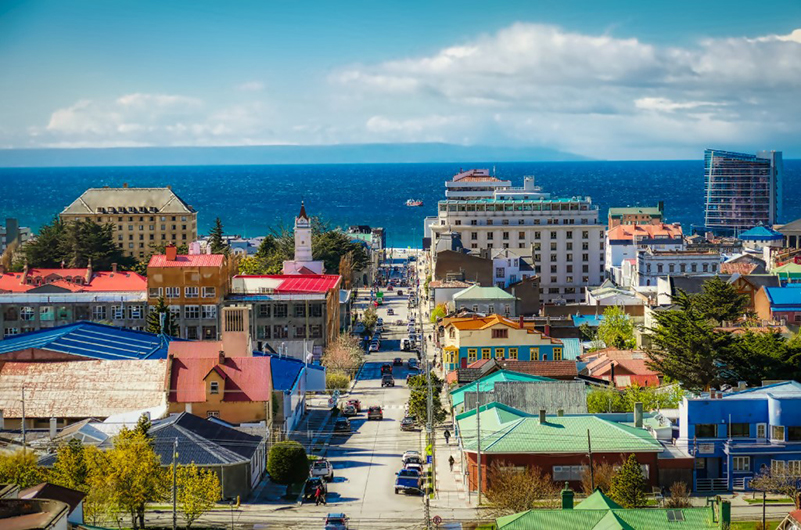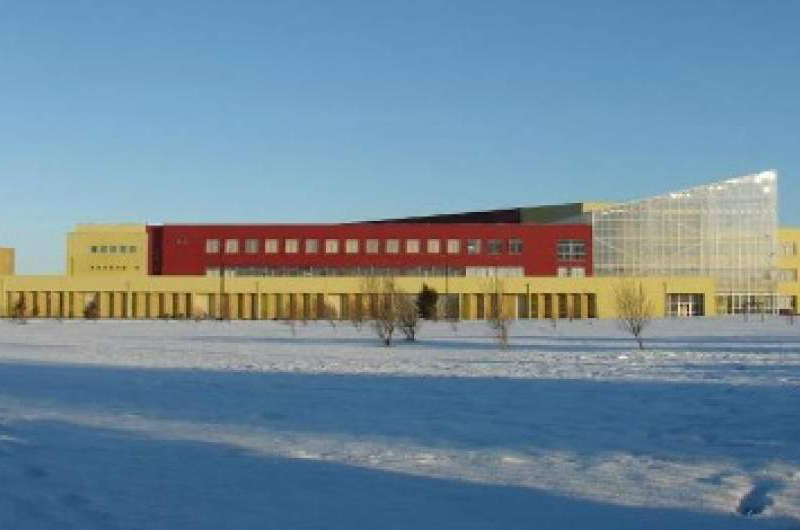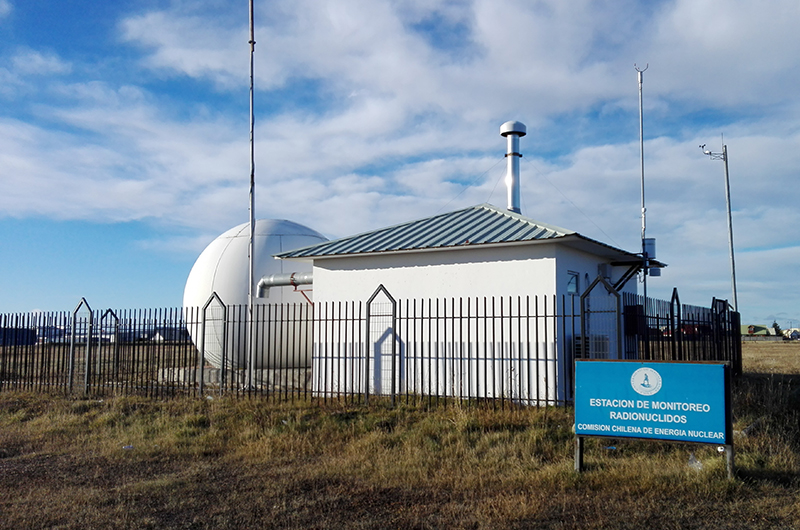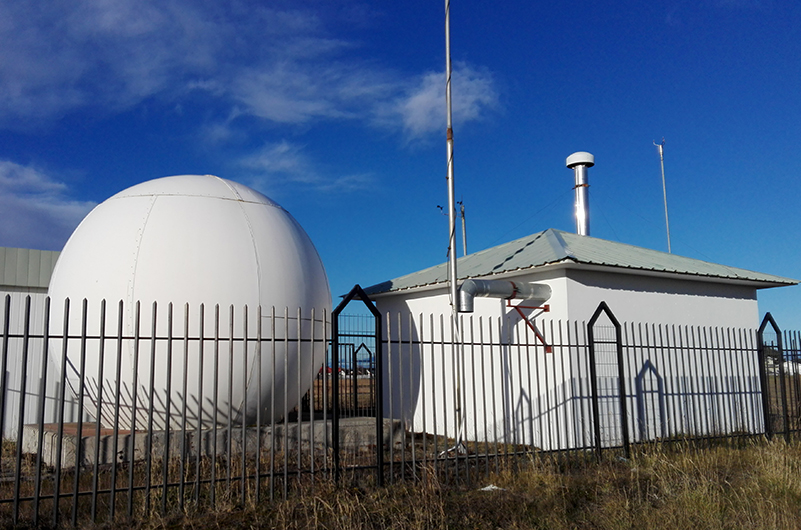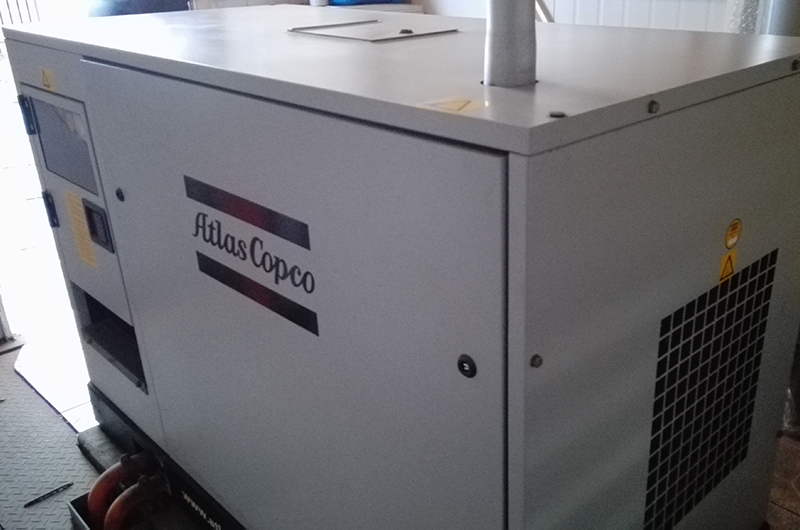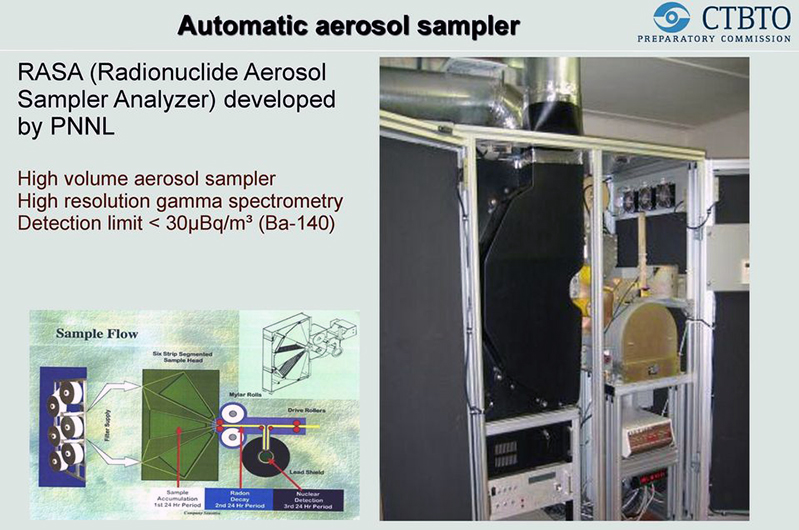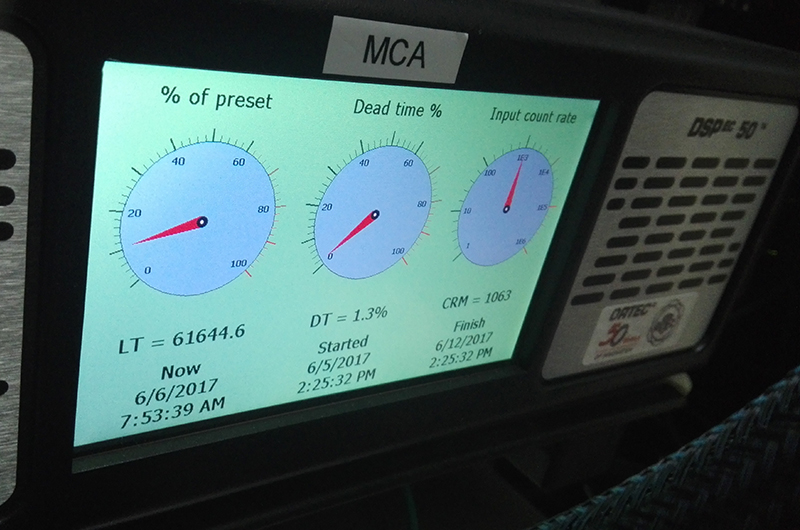IMS Station located in Punta Arenas
Description of location
Punta Arenas is the southernmost city of its size in the world. It has a population of 120,000, it is also the most prominent settlement on the Strait of Magellan and it is capital of the region of Magallanes and Chilean Antarctica. Punta Arenas is the third largest city in the Patagonian Region and is located only about 1,400 km from the coast of Antarctica. Temperatures in Punta Arenas are greatly moderated by the proximity to the sea, with average lows in July close to −1°C and highs in January of 14°C. The region is also quite dry, with only 43 mm of rain during its wettest month of May. The city is also known for its strong winds of up to 130 kmph, which are most powerful during the summer, when ropes are spanned in the downtown area to assist with unique wind currents. Our radionuclide station CLP18 is located at the Universidad de Magallanes in Punta Arenas. A dedicated building was constructed to host the radionuclide station. The building is on the campus of the Universidad de Magallanes in charge of CERE (Study Center of Energy Resources). The site survey was performed by the Chilean Nuclear Energy Commission (CCHEN) in July 2000 and the site was accepted on 22 September of the same year by CTBTO. The preparation of infrastructure was contracted to CCHEN and the installation of the radionuclide station to Veridian Systems, the mentioned company installed an automatic system called RASA than means Radionuclide Aerosol Sampler and Analyzer. The installation was completed by 17 January 2003.
Radionuclide technology - Station CLP18
CLP18 is an automatic station of the RASA type (Radionuclide Aerosol Sampler/Analyzer. The RASA is a fully integrated and "completely" automated system for monitoring radionuclides in the air with a filter. It consists of taking an air sample with an operating air flow rate of 1050 m3 h-1 (under STP conditions), which retains more than 85% of the particles that reach it. A frequency controller keeps the operating air flow rate constant during the sampling time. The air sample inlet is placed on the roof of the building intended for this purpose. The filters are replaced daily. The used filters are cooled for a period of 24 hours, then for another 24 hours measurements are made on the detection device at the monitoring station. The result is a gamma ray spectrum that is sent to the CID in Vienna for further analysis.
Evaluation and certification
The certification visit took place in spring 2003. During the visit, all technical information submitted was reviewed and discussed, the station’s facilities were inspected, and numerous technical tests were performed. After a thorough evaluation of the data received via the Global Communications Infrastructure (GCI) for a period of several months, the station was found to meet the yearly goal of 95% data availability. CLP18 at Punta Arenas, was therefore formally certified on 22 August 2003 as the 17th of 80 planned radionuclide stations around the world that are included in the CTBTO’s International Monitoring System.

